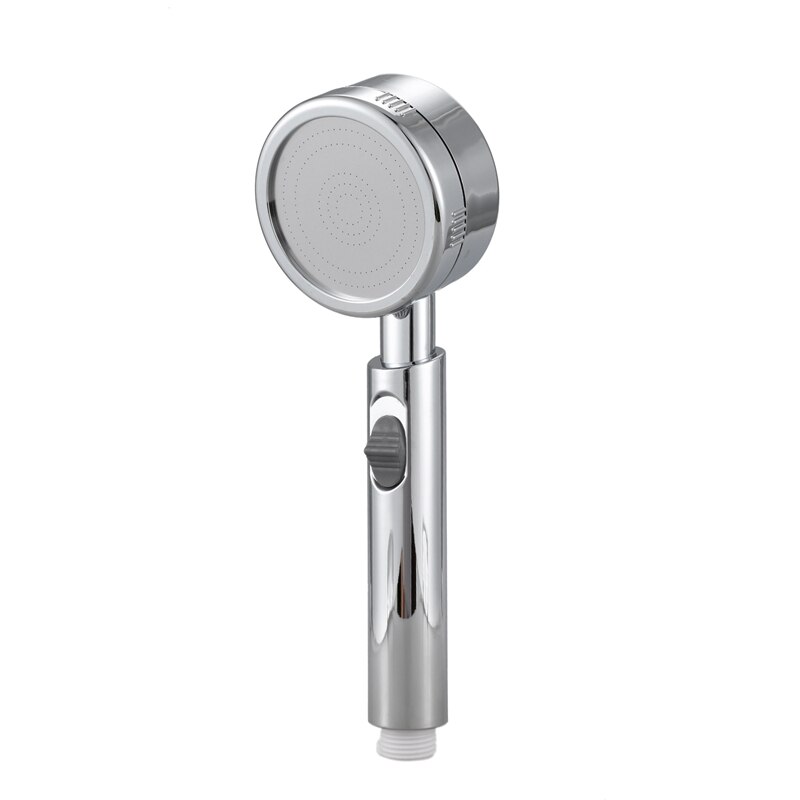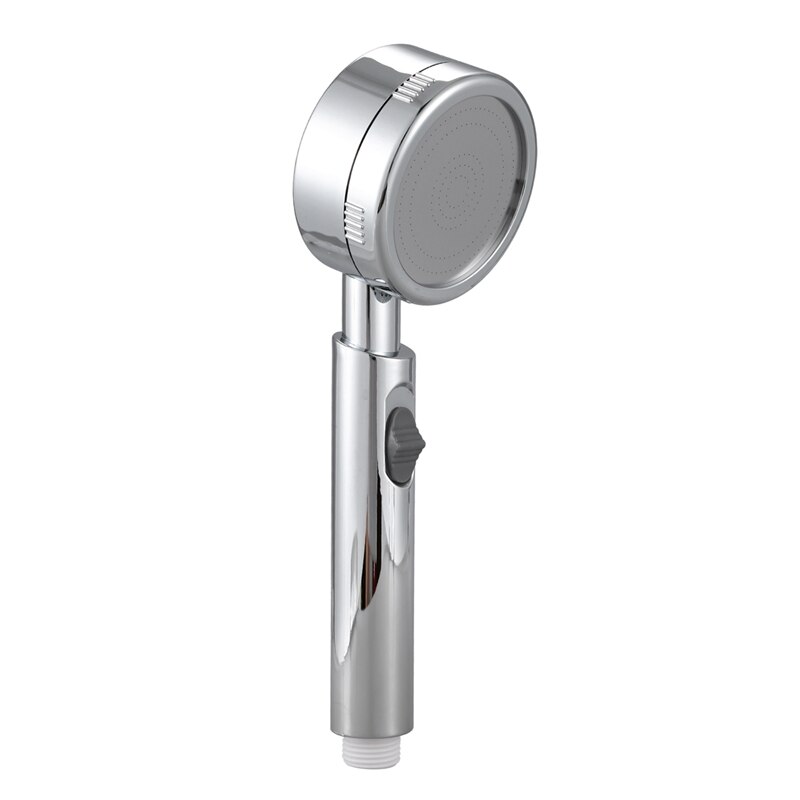Low Water Pressure: Boosting Your Shower.

Low water pressure in your shower can turn a relaxing routine into a frustrating experience. This guide dives deep into understanding low shower water pressure, its common causes, and practical solutions to boost your shower. We will explore simple fixes like cleaning your showerhead, to more advanced solutions that might involve your water heater or even plumbing system upgrades. We’ll also offer a breakdown of the most effective troubleshooting steps, along with tips to improve your water pressure and save water. This article is divided into sections addressing common problems and their respective solutions, making it easy to find the help you need.
determineing the Root Cause of Low Water Pressure
Understanding Your Water System
To effectively address low water pressure, the first step is to understand your water system. Is the problem isolated to your shower, or do other faucets experience low pressure? Is the pressure consistent or intermittent? Pinpointing the location and nature of the problem is key to determineing the appropriate solution. Sometimes the issue lies with the main water provide, while other times the problem is within the pipes of your house. determineing where the problem lies allows you to target your efforts and avoid unnecessary expense or delays in fixing the issue. Investigating any known plumbing issues or water main repairs in your neighborhood can also be a valuable step. If the pressure is consistent, a simple fix like a clogged showerhead could be the cause, but consistent low pressure could suggest a more significant plumbing problem.
Common Causes of Low Water Pressure
Several factors can lead to low water pressure in your shower, including:
- Clogged Showerhead: Mineral buildup or debris can restrict water flow.
- Faulty Shower Valve: A faulty valve can restrict water flow.
- Clogged Pipes: Deposits or sediment can reduce water flow in pipes.
- Low Water Pressure from Main Water provide: Issues with the community water system can affect entire households.
- Water Heater Issues: A malfunctioning water heater might not be provideing adequate hot water pressure.
- Leaking Pipes: Hidden leaks within your plumbing system can deplete pressure
- Multiple Fixtures in Use: If too many fixtures are being used simultaneously, the overall pressure might decrease. This is typically an intermittent problem, but you should still consider it.
This thorough understanding will help you pinpoint the specific culprit and, thus, the effective solution.
Cleaning Your Showerhead and Fixtures
Removing Mineral Buildup
Regular cleaning is often overlooked but can make a significant impact on your shower pressure. Mineral buildup, often caused by hard water, restricts water flow. Use a specialized showerhead cleaner or a mixture of vinegar and water. You can soak the showerhead overnight in the cleaning solution and then thoroughly rinse it with a hose or let it run under the water for a few minutes. A toothbrush can be helpful to scrub out any stubborn deposits.
Maintaining Faucets and Valves
Keeping your faucets and shower valves in good working order is essential. Regularly inspect these components for any visible damage or leaks. Sometimes a simple cleaning or adjustment can resolve the issue.
Related Post : Foggy Bathroom Mirror: Preventing Condensation.
Water Filter Installation
Installing a water filter can remove impurities and sediments, preventing clogs and ensuring consistent water flow. A water filter is not only good for your water pressure, but also for the long-term health of your plumbing and fixtures.
Checking Your Plumbing System and Water Heater
Inspecting Pipes and Connections
Inspect your water pipes and connections for any damage or leaks. A simple leak detection test can pinpoint the source of a leak, saving you from more costly repairs later. Carefully inspect the pipes for any cracks, breaks, or bulges. Often, the cause of low water pressure stems from a slow leak that goes undetected. This can lead to significant water waste and lower pressure over time, affecting your entire household.
Evaluating Water Heater Performance
Consider your water heater’s performance. A failing or malfunctioning water heater may not be provideing enough hot water pressure to boost the overall system pressure. Checking the pressure relief valve or contacting a plumber is vital if this is a suspected problem. You should also consider the age of your water heater and whether a replacement is a cost-effective option to ensure long-term water pressure reliability.
Testing Water Pressure
Acquiring a simple water pressure gauge can help determine if your water pressure is within an acceptable scope. If the pressure is considerably low, you should consider professional inspection to resolve the problem.
Utilizing Pressure Boosters and Water Saving Fixtures
Showerhead Upgrades
Switching to a showerhead with a higher water flow rate can drastically improve the pressure. Consider showerheads designed for water conservation while maintaining an adequate flow rate, ensuring both a satisfying showering experience and a water-friendly approach.
Water Pressure Boosters
Installing a water pressure booster can enhance water pressure throughout your home, providing a significant improvement in shower pressure. Pressure boosters are effective in many cases, but it’s crucial to determine the cause to address it appropriately. These units boost the water pressure in your plumbing system, but they don’t necessarily resolve the issue of leaky pipes.
Low-Flow Fixtures
Installing low-flow showerheads or faucets can reduce water consumption without sacrificing water pressure. These fixtures often offer water savings without compromising your enjoyment of a powerful shower. Many modern designs combine efficiency and performance, making this a reliable approach for boosting water pressure while saving water.
Professional Plumbing Intervention
Diagnosing Complex Issues
When troubleshooting low water pressure proves difficult, consulting a professional plumber is a requirement. They have the expertise and tools to diagnose complex issues and offer a tailored solution. This can save you money and time compared to trial-and-error approaches.
determineing Underlying Problems
Plumbers can determine any underlying issues within your plumbing system that may be contributing to your low water pressure. This could involve faulty pipes, leaks, or restrictions that may impact your water flow.
Implementing Lasting Solutions
Expert plumbers offer the correct and long-lasting solutions to address the underlying causes of water pressure concerns. They can replace damaged components and ensure your shower has reliable pressure and efficiency.
In conclusion, boosting low water pressure in your shower involves a combination of troubleshooting, maintenance, and potential upgrades. By determineing the root cause, addressing any plumbing issues, and considering water-saving fixtures, you can enjoy a powerful and satisfying shower experience. For long-term solutions, consult a plumber. Don’t hesitate to contact us today for a complimentary consultation about your shower pressure issues!
